KUALA LUMPUR, Jan 26 — Barely a week after the school session started, there were voices of dissatisfaction from some parents with the implementation of home-based teaching and learning (PdPR) classes.
There are claims that teachers are not adequately prepared to teach using the PdPR approach hence disrupting the learning process.
However, prominent figures in the education industry are of the view that teachers should be given space and opportunity to adapt in new way.
National Parents-Teacher Associations Consultative Council (PIBGN) president Associate Prof Datuk Dr Mohd Ali Hassan said that relevant training could be introduced to existing teachers to expose them to PdPR methods and processes.
“As this PdPR is relatively new, all parties must understand the current situation by providing adequate space and opportunities for teachers to be truly skilled in implementing PdPR.
“Hence, at the same time, it is proposed that the Ministry of Education (MOE) employs one or two educators who are experts and skilled in PdPR, either local or from abroad, to teach the methods and processes to these teachers,” he said when contacted by Bernama.
He said that the training could be done online or face-to-face by adhering to strict standard operating procedures (SOPs), to equip teachers so that they can teach in front of a monitor screen confidently and effectively.
At the same time, intensive retraining for teachers such as teachers involved in teaching of Mathematics and Science in English (PPSMI), English subject and vocational stream should be done immediately and periodically.
He also added that some of the basic constraints that the country still faces should also be given the main focus because although teachers are capable while there are still many obstacles, then the goal of PdPR will not be achieved.
“Among them, the problem of internet coverage which has yet to be comprehensive, especially in rural and remote areas; the availability of adequate devices and other equipment including for large families; systematic e-textbook materials; local technical assistance; as well as monitoring and evaluating each level of effective PdPR,” he said.
Meanwhile, also sharing a similar sentiment is National Union of the Teaching Profession (NUTP) president Aminuddin Awang who said that in the future, PdPR should be included in the curriculum of teaching courses at the institute of teacher education (IPG) and also the institute of higher learning (IPT).
He said that at the same time, the MOE also needs to improve and strengthen skills improvement courses for teachers, especially once the school environment returns to normal.
“The aspect of training for teachers in the field of PdPR is indeed a necessity after this … even if the school is opened as usual after this, PdPR will be an important medium of support for face-to-face schooling,” he said.
However, Aminuddin said, on average, teachers are actually ready to teach through PdPR as they have experienced similar situation last year, but not all students have the readiness to learn that way.
“This year is the second year teachers use PdPR as a medium of instruction … last year, because it came suddenly and without the planning of the MOE, it is acknowledged that teachers did not have the experience and skills to implement PdPR then.
“But for this year, MOE, the schools and teachers already have the experience of managing school session during the COVID-19 pandemic, so various initial preparations have been made. The problem now is that, among students, there are various categories and levels in aspects of readiness to learn through PdPR, so that is the cause of the problems,” he said, asking for space to be given to teachers to carry out the plans.
He said that each party must realise that the impact of PdPR will not be the same as teaching and learning in the classroom as PdPR is the support medium for the face-to-face learning process that could not be implemented due to COVID-19.
“At the same time, we need to realise that there are various categories of students. Some have devices and internet access; some have only devices without internet access; others have devices and internet access but have to take turns with other siblings or waiting for the parents to return from work because they need to borrow the phone while some do not have anything,” he said.
Sources: BERNAMA

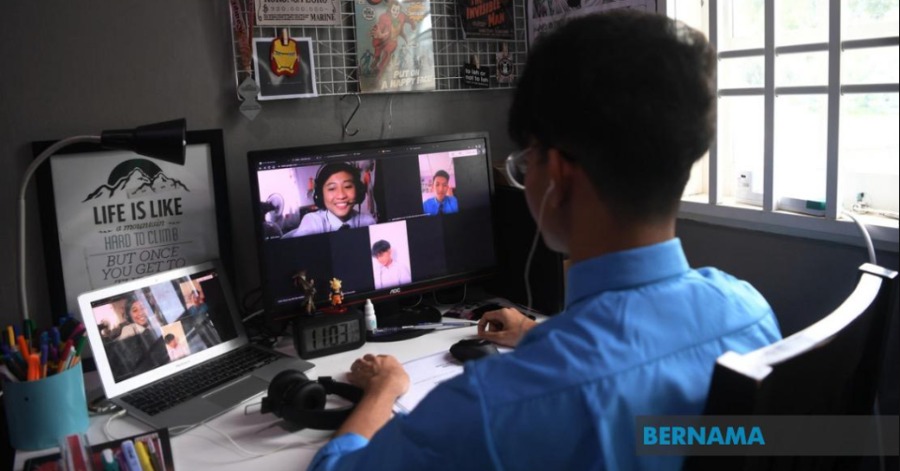

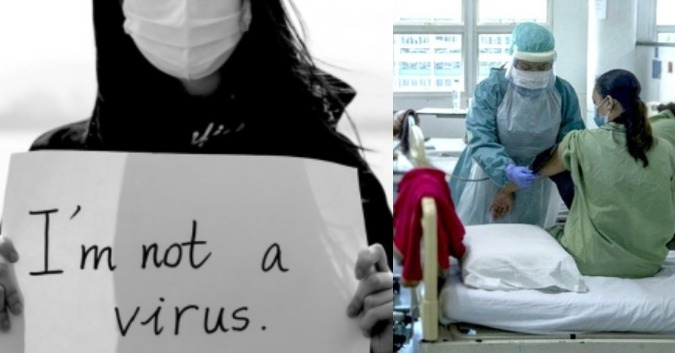
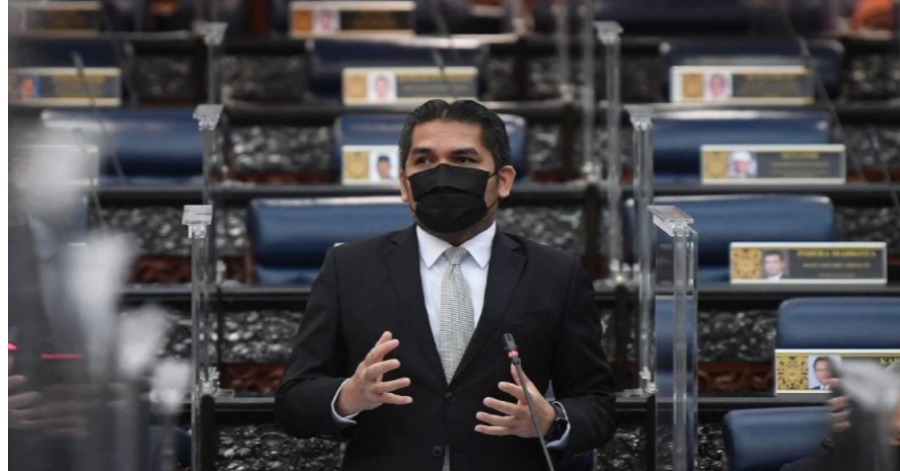
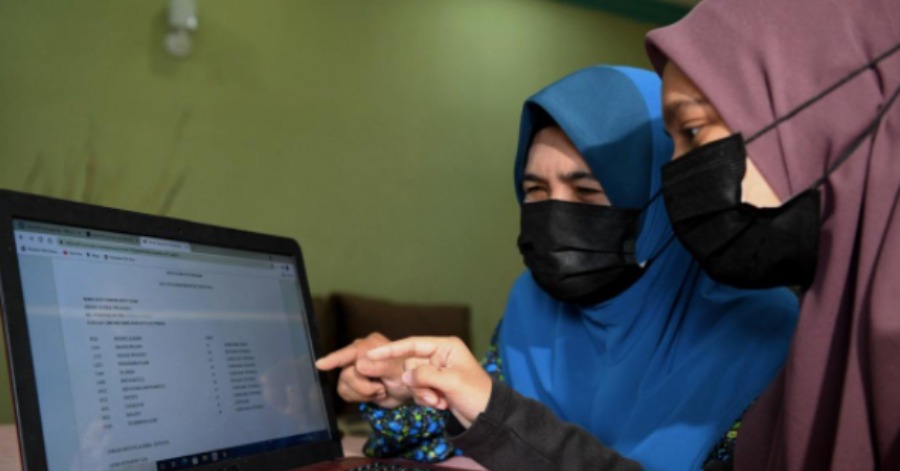
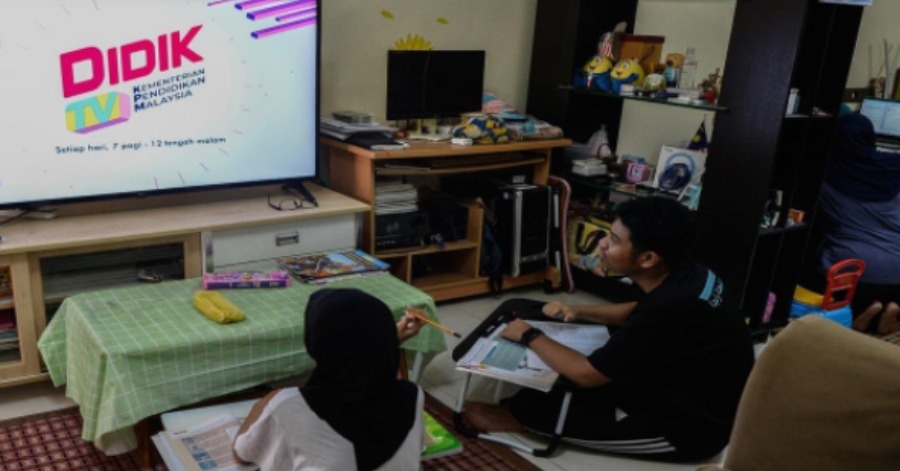
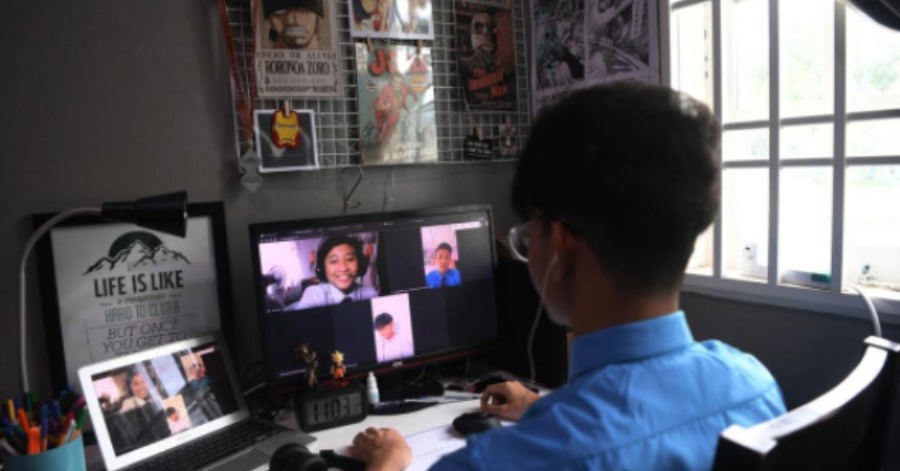
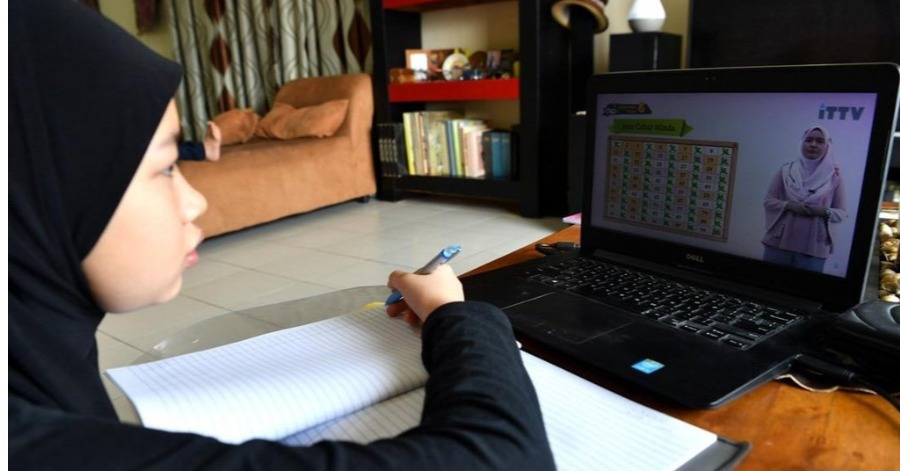
Leave a Comment